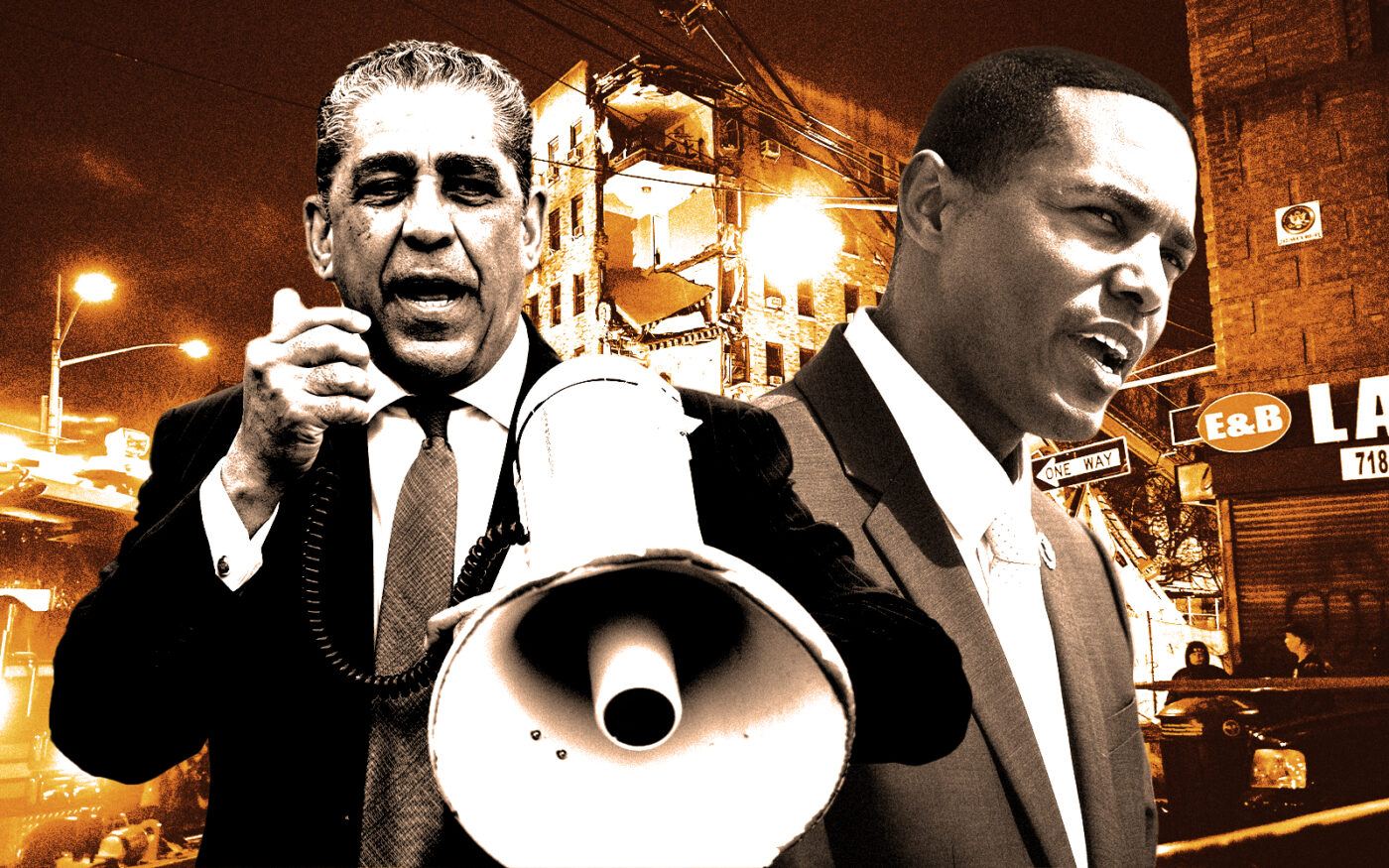To paraphrase an old adage: When all a politician has is a hammer, everything looks like a nail.
Take Reps. Adriano Espaillat and Ritchie Torres. When part of a building in Espaillat’s district and Torres’ borough collapsed on Dec. 11, they wanted to do something. Fast.
Behold the Low-Income Housing Tax Credit Landlord Accountability Act.
It’s a good name. Who wouldn’t want to hold landlords accountable?
Their bill says that in order to take part in the federal government’s most important affordable housing program, landlords would be required to do an annual “thorough architectural analysis” detailing each building’s eligibility and structural soundness. Skipping the annual report would not be an option: The bill requires the Treasury Department to fine delinquent owners $500,000.
(Maybe the bill should be called the Structural Engineer Employment Act instead. Espaillat and Torres could then claim credit for creating $94,000-a-year jobs, paid for by landlords.)
And what would a bill be without a make-work provision for government employees? The Landlord Accountability Act requires HUD to publish a safety guide for LIHTC landlords. We certainly wouldn’t want HUD doing something important like creating housing, when it could be writing reports that all of six people will read.
The Low-Income Housing Tax Credit Landlord Accountability Act is local representatives’ “hammer time” – a knee-jerk response for the sake of a response.
Mechanisms are already in place to prevent building collapses. New York City inspects rental buildings regularly, and makes extra visits during renovations and when people call 311. That’s in part why collapses are extremely rare.
A lot of things had to go wrong for the partial collapse at 1915 Billingsley Terrace to occur, including that an engineer mistook a structural column for a decorative one. Would the federal bill have prevented it? Probably not. The building was undergoing renovations, which might have triggered the collapse before the next bill-mandated assessment was even started.
When the Daily News asked the Department of Buildings about the congressmen’s bill, the agency did not exactly endorse it.
“DOB engineers are continuing to monitor the ongoing work performed by the landlord,” a spokesperson said. “We are grateful to have partners in Congress like Rep. Espaillat and Rep. Torres who are similarly focused on building safety.”
Translation: Thanks but no thanks.
There are two significant drawbacks to the bill, weighed against the very marginal safety difference it would make.
First, piling regulations on affordable housing programs drives up their costs. That results in less housing and higher costs for tenants. The money spent on Torres and Espaillat’s extra inspections and reports would make low-income housing more expensive, even if the bill provided funding — which it doesn’t.
Second, burdensome regulation deters landlords from participating in affordable housing programs in the first place. The Bronx politicians should be making it easier to use Low Income Housing Tax Credits, not harder.
They need only look at landlords’ too-common rejections of applicants bearing rental vouchers. Although stereotypes and discrimination play a role, so do real-life horror stories landlords tell each other about the bureaucratic madness of vouchers. Why risk inspection snafus or paperwork delays that keep apartments empty for months when you can rent them right away to unsubsidized tenants?
(A broker who put voucher holders into about 40 Manhattan apartments in 2023 told The Real Deal Friday that he hasn’t been paid for 30 of those deals. He has been struggling not just to get the fees he’s due, but to even get a response from city officials.)
Read more



The bill from Espaillat and Torres has almost no chance of becoming law. That could be why they introduced it — to respond to the building collapse with little risk of doing actual harm.
But it’s more likely they consider it an appropriate action: If a building falls down, demand more inspections! Levy huge fines! Hold landlords accountable!
It didn’t seem to occur to them that requiring more engineering reports about subsidized housing would make it rarer and more expensive. Or that forcing agencies to write reports would take them away from more important work. Or that a single, rare incident doesn’t demand a heavy-handed, nationwide mandate shackling a $9 billion-a-year program.
Sometimes it’s better to keep the hammer in the toolbox.
